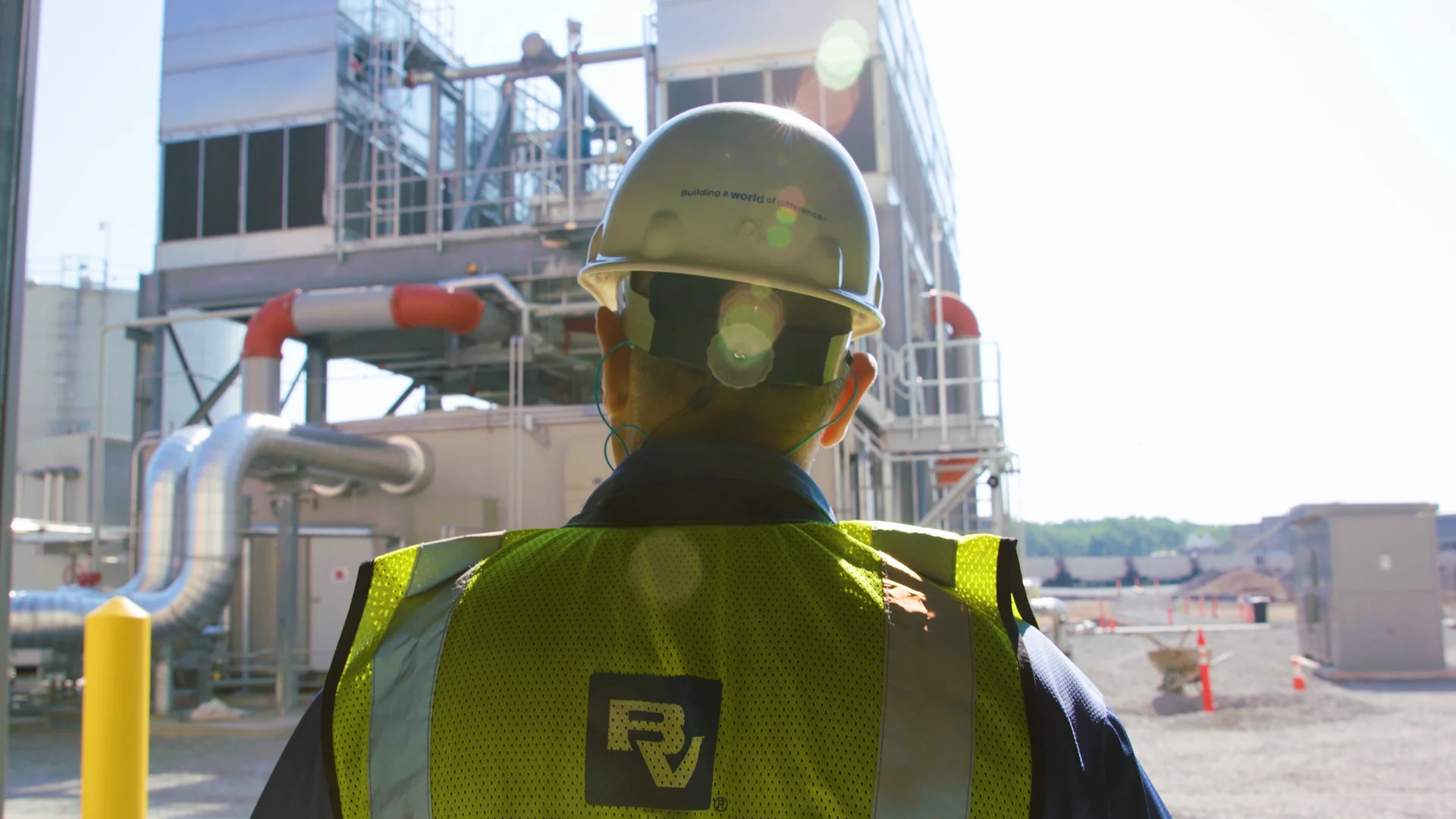Reducing Your Company’s Carbon Footprint: Where to Begin?

Sustainability matters. Increasingly employees are seeking out and working for organizations that align with sustainability-focused values and demonstrate strong progress against environmental and social commitments. Many organizations have made great strides in sustainability issues over recent years, but still many others are stymied.
Your organization may have already identified the obvious, low-hanging fruit, but know there’s more that can be done that will move the needle. The problem, however, is that organizational leaders aren’t quite sure how to tackle the big challenges that await and plan effectively to move past the easier lower-hanging fruit.
According to Black & Veatch’s 2021 Corporate Sustainability, Goal Setting, and Measurement Report, more than 80 percent of companies surveyed with revenue over $250 million have set decarbonization goals, yet 25 percent are uncertain how they will meet those goals; this suggests they know that meaningful change is needed but are less sure on which technologies to plan for and implement to achieve these long-term targets.
With the U.S. government’s pledge to reduce greenhouse gas emissions by at least 50 percent by 2030, how can U.S. organizations more effectively contribute to this national decarbonization mission? Here are 5 simple questions for companies to consider:
Contact Us
Looking for a partner in innovation?
Let's Talk
